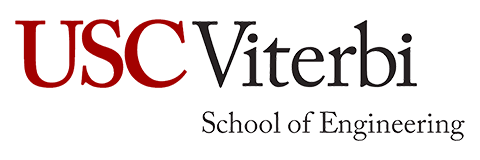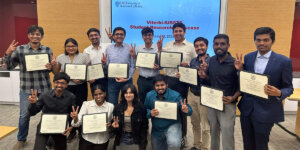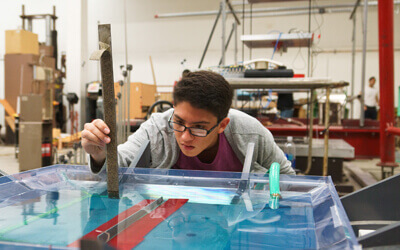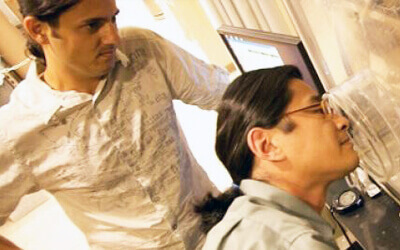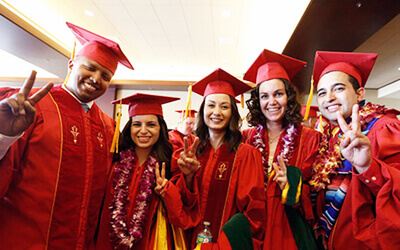
(Image/AI Generated by Gemini)
USC Viterbi recently unveiled its Technology Innovation Fellowship Program, spearheaded by experienced entrepreneurs Oscar Neyra-Nazarrett, NSF Innovation Corps Partner Manager, and Ralph Lin, managing director of the Office of Technology Innovation and Entrepreneurship (tiehub). The program specifically targets deep tech founders whose work, while groundbreaking, requires guidance to commercialize.
“We saw there was a big niche,” said Neyra-Nazarrett, co-founder of the fellowship program. “Many amazing researchers are great at public speaking and innovation, but they don’t necessarily understand the business side. We created this fellowship so they could also build amazing businesses.”
Added Lin: “There are so many game-changing technologies being developed in research labs, but they often lack a vehicle to get into the marketplace. We created this program to address this gap with promising space, mining, energy, telehealth, and supply chain technologies in our inaugural cohort — and we are only just getting started.”
Unique from other entrepreneurship initiatives, the tiehub program provides fellows structured accountability, with bi-weekly check-ins designed to offer clear next steps in launching their companies.
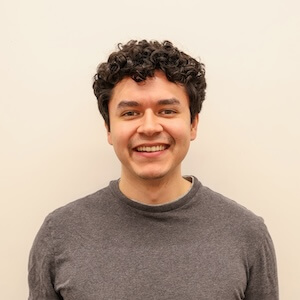
Fellow Abel Salinas (Photo/Courtesy of Ralph Lin)
The inaugural cohort features five promising talents, including Abel Salinas, a third-year Ph.D. student in computer science, and Kevin Sampson, a fourth-year Ph.D. student specializing in astronautical engineering. The other fellows are Oliver Liu, a third-year Ph.D. student in computer science; Razieh Etezadi, who is defending her Ph.D. in chemical engineering; and Yao Du, a professor at the Keck School of Medicine of USC.

Fellow Kevin Sampson (Photo/Courtesy of Ralph Lin)
Salinas, whose research emerged from a substantial DARPA project, has developed an AI-powered platform designed to help mining companies detect community-related social risks. By analyzing publicly available data, Salinas’ tool leverages machine learning to predict community reactions to infrastructure projects, potentially saving companies millions by mitigating shutdown risks.
“Our models did really well in predicting how communities respond to proposed projects without needing surveys,” said Salinas. “Mining companies lose about $3 million a day when operations are halted by protests. This technology could be invaluable.”
Beyond mining, Salinas envisions broader applications in construction, nuclear power plants, and even urban developments like Olympic stadiums. His company, Common Ground, is aiming to bring this predictive technology to a wide range of infrastructure projects.

Fellow Oliver Liu (Photo/Courtesy of Ralph Lin)
The tiehub program has provided crucial guidance: “Oscar and Ralph have been amazing,” said Salinas. “They help us navigate how to go to market and identify funding opportunities.”
Sampson’s project aims for the stars, literally. His research focuses on improving electric propulsion systems used by satellites. “Traditional electric thrusters produce thrust weaker than the weight of a coin,” said Sampson. Using advanced nano-fabrication technology, he’s developing densely packed emitter tip, dramatically increasing propulsion strength through quantity rather than individual power enhancement.
“Space is getting busier, and collisions are more likely,” Sampson said. “Efficient, stronger thrusters will be crucial for maneuverability and safety. If this technology helps satellites avoid collisions, that would be incredibly rewarding.” He envisions commercializing his “SNAIL Thruster,” initially focusing on satellite applications with potential for broader aerospace uses.
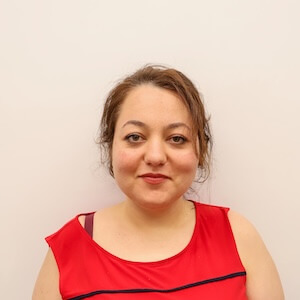
Fellow Razieh Etezadi (Photo/Courtesy of Ralph Lin)
Sampson said the tiehub fellowship has helped him immensely. “The fellowship teaches us what it means to be a founder, how to get a business off the ground, and the complexities involved,” Sampson said.
For Neyra-Nazarrett, the tiehub fellowship cofounder, the program’s success hinges on the future achievements of these entrepreneurs. “Success for us would be doubling what we’ve done historically,” he said. “Our alumni have already raised $3.3 billion in funding. If fellows from this program raise even more, that would be our ultimate achievement.”
Looking ahead, Neyra-Nazarrett highlighted the future ambitions of the tiehub program.
“Our goal is to consistently nurture five exceptional researchers each academic year,” he said. “We’re always looking for committed individuals with great ideas who are eager to learn and grow.”
Published on June 3rd, 2025
Last updated on June 5th, 2025
